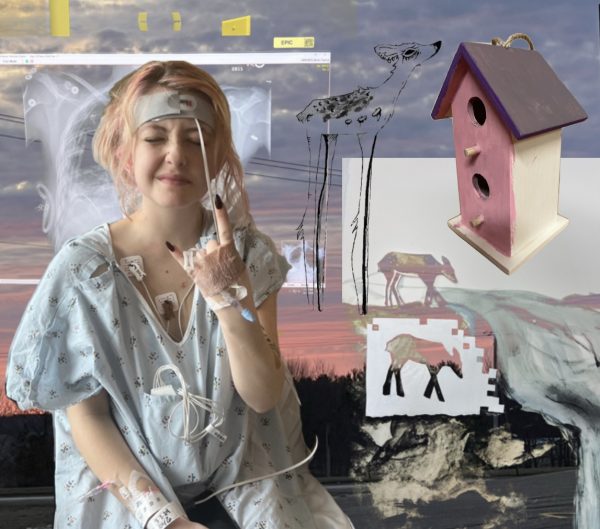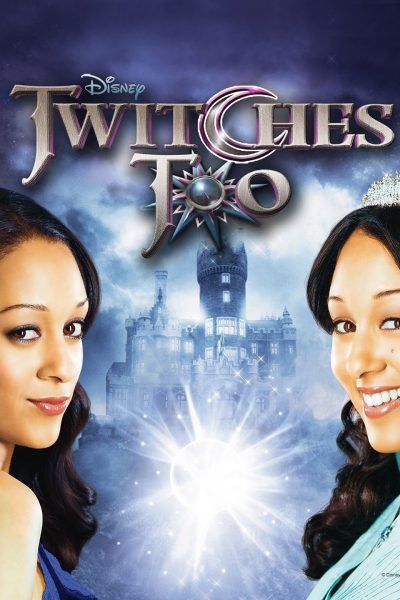Looking up the facts
New documentary encourages viewers to use their searching skills
Documentaries, by definition, give the facts. They present viewers with informational entertainment.
But that doesn’t mean a viewer can accept only the information the filmmaker puts forth. When I question the facts or want to learn more, I turn to the holder of all the answers: the Internet.
A new HBO documentary, “Terror at the Mall”, provokes audiences to use their search engines in the same way as it leaves out important background information from the story.
The documentary shows perspectives from people present at the Westgate Mall in Nairobi, Kenya, last year when a terrorist group from Somalia attacked, killing 71 people. It relies on these citizens’ experiences for information and does not explain the political context of the attack outside of their accounts.
This style of documentary is beneficial for the filmmaker and for audiences, as it provides an opportunity for critical thinking and research, even though the facts aren’t coming straight from the TV screen.
According to an article about the film in The Atlantic, filmmaker Dan Reed relied on the audience’s use of “the second screen” on phones or computers to find information so he could focus on telling the personal stories of the attack.
Leaving out information allowed him to be more creative with the work and to show people’s testimonies instead of listing facts on a screen or taking time out to narrate these facts. Film should allow for creativity, even if in the genre is documentary.
Although viewers can’t automatically hear about what caused the terrorist group to attack in the tragic act of violence, the movie forces people to use critical thinking skills. It gives people the opportunity to research instead of mindlessly watch a movie and neglect to think about it.
Over the summer I watched the documentary “Blackfish,” and I was so interested in the SeaWorld debate about whales in captivity that I spent hours on my computer researching the topic. I would not have the same perspective on the issue if I hadn’t done this, and I also would not have the same information.
“Terror at the Mall” allows people to probe into a significant matter and potentially find something they didn’t know they were interested in.
In a 2013 survey of TV viewers worldwide, Ericsson ConsumerLab found 49 percent of viewers use the Internet or an app to look up information about the content they’re watching, as cited in The Atlantic. While this is not quite the majority, the survey shows a sizable amount of people will want to know more about what they’re watching.
On the occasion that I watch TV, I tend to multitask with my computer close by. The nature of American’s multitasking with technology further allows for quick Internet searches and it increases the likelihood that people will take the initiative to find more information.
Another positive outcome of audiences looking up facts for themselves is people can find the information they find most relevant to them. What one person searches may not be the same as another, and when they find what they’re looking for, they connect more to the material.
Even though some may think leaving out the background of the attack in Nairobi is neglectful or causes the film to be unbalanced, the benefits outweigh the consequences. The film is reaching beyond many other movies and television documentaries simply by making people think and ask questions.









